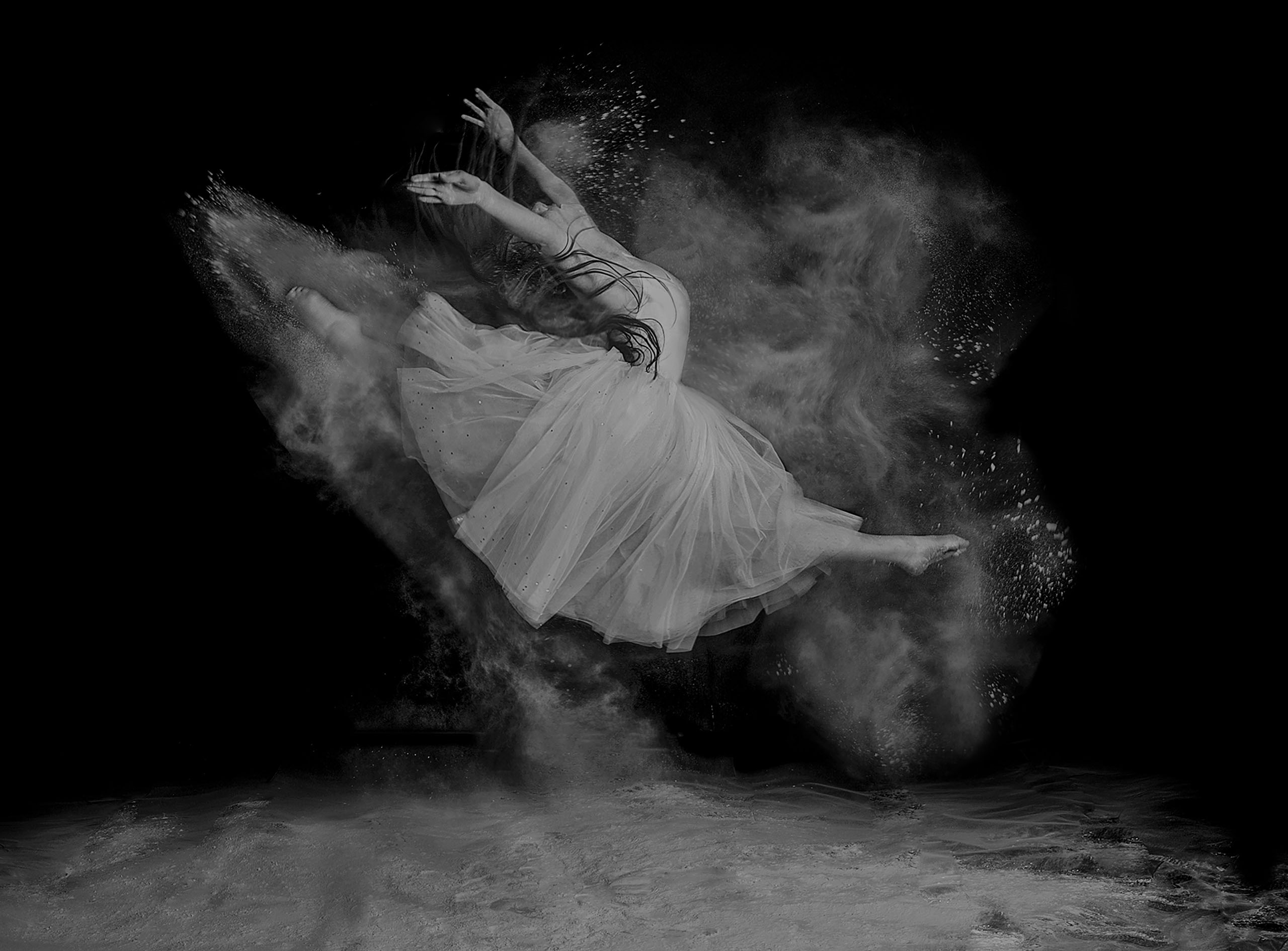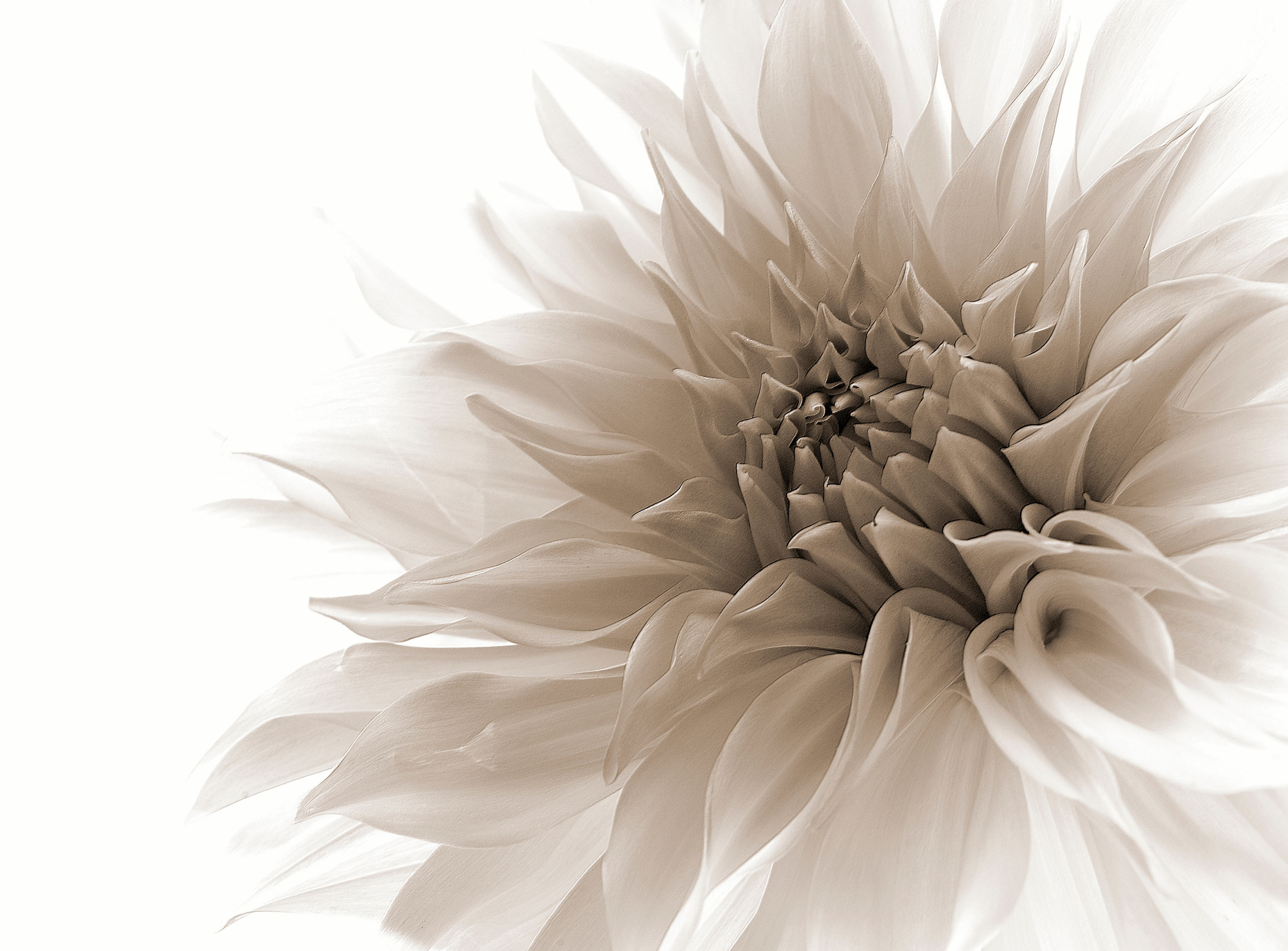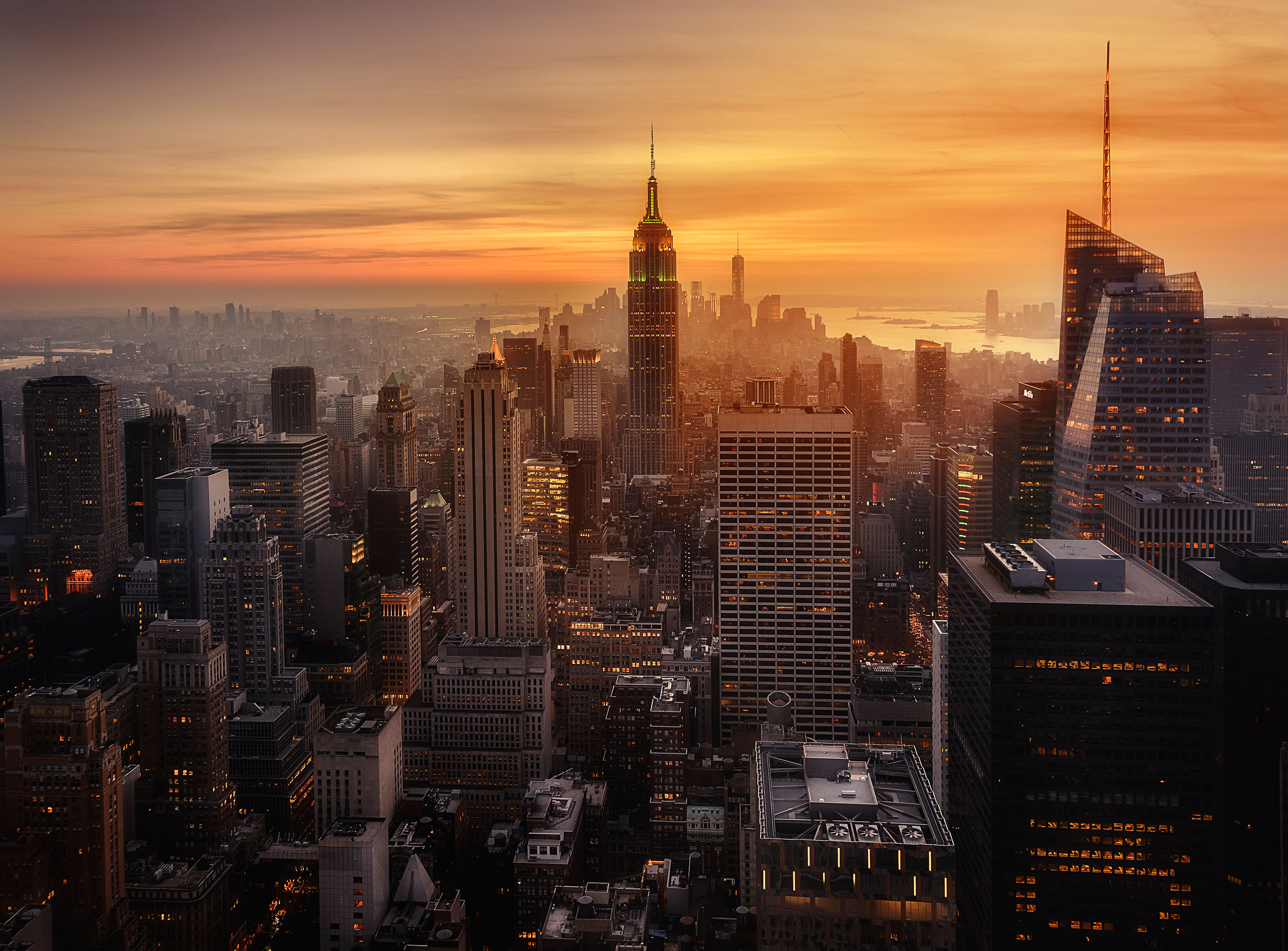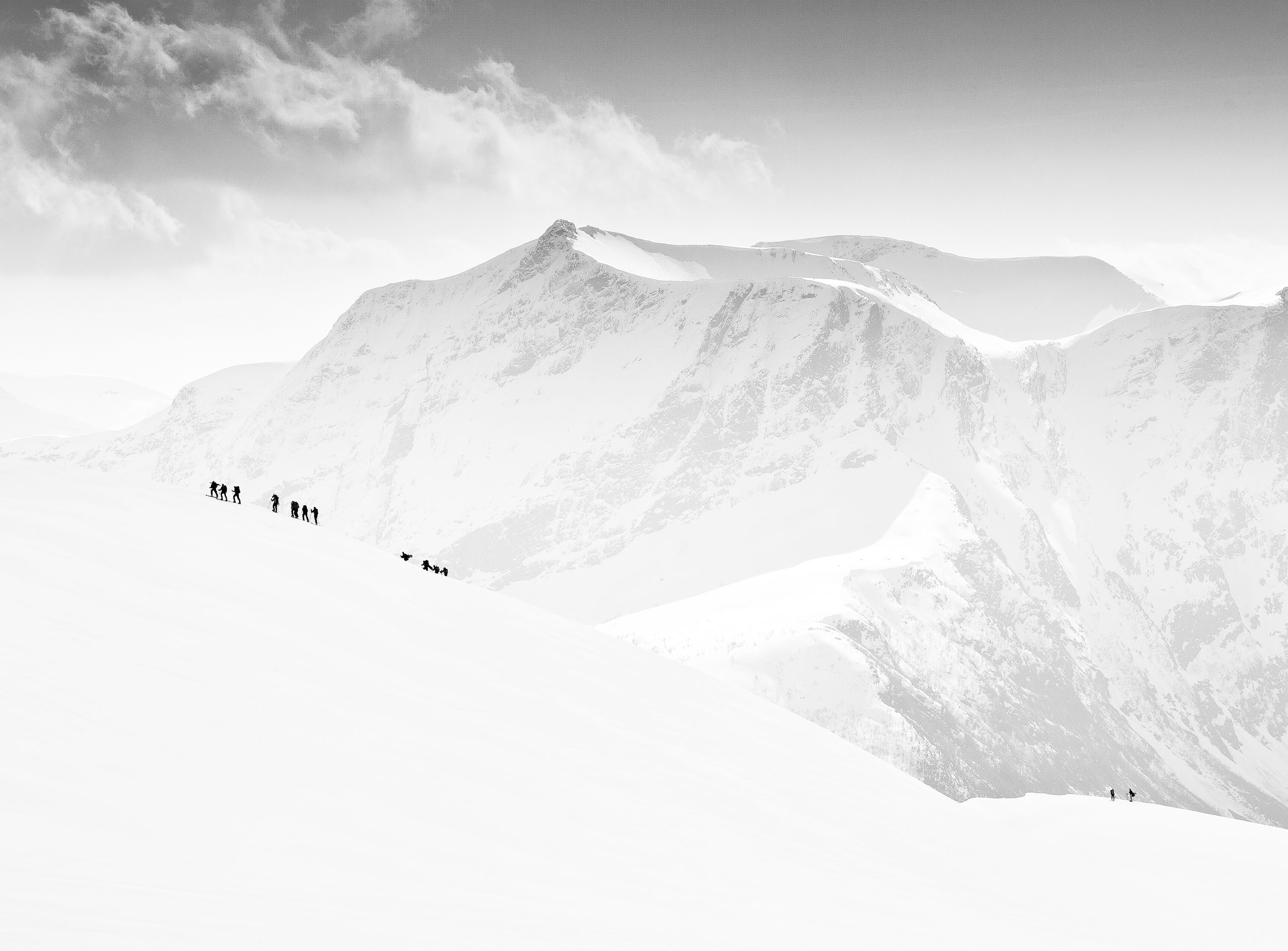SEARCH






|
|
|
|


by Editor Miro Susta
Published the 23th of June 2021
To photograph wildlife, not only does the photographer need a lot of patience and perseverance, but also good preparation.
There is no universal concept for photographing wildlife, especially as the approach is different for a variety of animals and birds, but patience and perseverance certainly play an important role.

Fox Felicity by Roeselien Raimond
Basically, a day of photographing starts in the early hours of the morning. The best opportunities and good photo yields occur in summer, when the days are getting longer, and the wildlife is already on the move in the early morning hours with sufficient light.
 Fragrance of Summer by Nick Kalathas
Fragrance of Summer by Nick Kalathas
I have heard someone saying, "wildlife photography is a never-ending battle against frustration", is it true or not? I would say that with good preparation one can counteract the frustration.
 n/t by Selim Kaya
n/t by Selim Kaya
If the photographer knows which kind of wildlife to expect in which places, he (or she) will find the desired motifs more quickly. Coming back at the end of the day with only one particularly good photo, it should be worth all the effort.
Readers of this photo article can find selected photos from the 1x gallery as well as some tips on how to snap amazing wildlife images.
Many thanks to all photographers for the beautiful photos they made available for this article.
THE LENS
In most cases, a focal length up to 200 or 300 mm is sufficient for photographers who do not specialise in wildlife photography.
Just for information the following photo was taken with a 300 mm lens.

'Steenbok, one of the smallest antelope in the world' by Mathilde Guillemot
For photographers who frequently shoot wildlife and need more focal length, the 400-600 mm range lens is recommendable.
The focal length range up to 600 mm or even higher is entirely convincing and I am confident that the image quality will come out very well.
For example the Following two images were taken with 160 mm and 400 mm lens.

'The old fighter' by Piet Flour (160 mm)

'Thinker' by Miro Susta (400 mm)
However, I would not recommend using so-called "super zooms" with a very wide focal length range from wide angle to telephoto.
Unfortunately, the great flexibility is very much at the expense of image quality, especially in the high focal length ranges, which is a great pity when taking wildlife photos.
UNDERSTANDING THE DIVERSITY OF SPECIES
It is important to know which wildlife species to photograph. It is also important to know the season, so each wildlife species has a time of year when it is easier to be photographed, and finally, it is important to familiarise with the living conditions of the animals.
For impressive wildlife photos it is important to know where the wildlife is staying and living, what and when it feeds, when it comes out of its hiding place and becomes particularly active.
Being able to estimate how the wildlife is behaving will significantly increase the chances of photographing it at just the right moment.

A very long thinking by Mathilde Guillemot
TAKE A GOOD POSITION
It is particularly important in wildlife photography to take a so-called "clean shot". It is recommended and important to get eye level with the subject to get an even, clean background. This green viper only stands out so clearly against the background because it was photographed at eye level in particularly good light.

'Scary Green Viper' by Fauzan Maududdin
There are exceptions, but most wildlife species photos look much better photographed at eye level than at an angle from above. Of course, depending on the species, this means the photographer must crouch, kneel, or even lie flat on the ground to get down to their height.

'Snake Eagle' by Alessandro Catta
Wildlife pictures taken at eye level have a much more intense effect than those taken from above and create a special connection with the animal.
But sometimes it is a good idea to deliberately break the eye-level rule and photograph from a completely unusual perspective to take remarkably interesting, unusual pictures.
IMAGE COMPOSITION
There is a tendency to get so excited about a wildlife sighting that one just goes for it and ignores everything one knows about harmonious and appealing image composition.

Wildlife Photographer Of The Year 2018 - Marsel van Oosten
Waiting for animals or birds in a certain place, it is important to look out beforehand for elements that might be included in the picture. This could be plants or stones or anything else that is on location.
 Fox by Robert Adamec
Fox by Robert Adamec
THE PERFECT MOMENT
If one manages to get close to a wild animal or bird, the next thing to do is to wait for the right moment. It is important to read the animals' body language.
 'Alaska. The catch' by Roman Golubenko
'Alaska. The catch' by Roman Golubenko

'Golden Eagle and Red Fox' by Yves Adams
For example, if a hunting fox fixes a spot in the grass, the prey jump is usually not long in coming.
 'Pouncing !!' by Alfred Forns
'Pouncing !!' by Alfred Forns
BACKLICHT PHOTOGRAPHY
In wildlife photography it does not hurt at all to use the light from the opposite side.

'Be careful' by Mathilde Guillemont
 'Rhino Sunrise' by Mario Moreno
'Rhino Sunrise' by Mario Moreno
When taking pictures with a long focal length into the backlight of the red evening sun and its fascinating light, moods can arise.

'Love song' by Wiesław Dzięgielewski
WATCH THE WIND
The king discipline in wildlife photography are the mammals. To be able to photograph them, the photographer must not be seen, heard, or smelled by the animals.
 'The curious Fox' by Gert van den Bosch
'The curious Fox' by Gert van den Bosch
This means that if one wants to photograph an animal from the closest distance, the right wind must be blowing, i.e., from the animal to the photographer, so that the animal cannot pick up any scent. The stronger the headwind the better.
 'Zen Fox' by Roeselien Raimond
'Zen Fox' by Roeselien Raimond
WILDLIFE IN THE CITY
Cities offer special opportunities for the wildlife photographer.
For example, wild animals in the city have sometimes much shorter escape distances and are sometimes accustomed to people.

'I would like to play with you' by JRMGARD Sonderer
They can be found especially at the edge of city parks and botanical gardens.
LAST TIP - PRACTICE WITH PETS OR IN THE ZOO
Photographing at home or in a Zoo is the perfect introduction to wildlife photography and great preparation for shooting wild animals or birds.

'Mum’s protection' by Huib Limberg
At the Zoo, the animals and birds are "placed" for the photographer, so there is no need to track them down or rely on luck.
There' s also no need to worry about personal safety, so just concentrating on taking pictures is required. Photographing wildlife is incredibly versatile and can really be done from anywhere.
 'Two' by Péter Bognár
'Two' by Péter Bognár
The equipment is important, but still rather secondary – more important is photographer’s luck, skill and the location offering great opportunity for wildlife photography. The most important thing to get started is to observe the wildlife in the surroundings and to take photos of it. This may be done in the nearest town park, in the nearby forest or even in your own garden!

'How do you like my wings' by salman a
You will be surprised what can be discovered and transformed into photographs with just a little time and patience!
Good luck and much success in the hunt for wildlife photos.
www.mrsphoto.net
[email protected]
 | Write |
 | Serge Melesan 👏👏👏 |
 | Gert van den Bosch PRO Thanks for including my picture The Curious Fox. I made it with a wide angle lens. |
 | Miro Susta CREW You are most welcome Gert. And thanks you for the information. |
 | Massimo Petrarca Dear Miro,
wonderful article that I really liked reading also as reminder for myself.
Thank you for choosing one of my photos too.
Massimo
|
 | Miro Susta CREW Many thanks for your very nice words Massimo. |
 | David Manusevich PRO Very beautiful work |
 | Miro Susta CREW Many thanks David.
|
 | Rana Jabeen PRO Excellent and well written article Miro ..my compliments...great set of images!! |
 | Miro Susta CREW Many thanks Rana, I am glad to see that you like it. |
 | Mathilde Guillemot PRO Thank you for this article Miro and for selecting some of my photos to illustrate it. I am honored 😃 Best regards |
 | Miro Susta CREW You are most welcome Mathilde, I greatly appreciate your photo work. |
 | Fauzan Maududdin PRO Thank you for selecting my photo in this great article...best regards, Fauzan |
 | Miro Susta CREW Thank you Fauzan. |
 | Dennis/Picart Liu Great summary and a well-said article!
|
 | Miro Susta CREW Many thanks for nice appreciation. |
 | Izabella Végh PRO Thank you very much this beautiful article. |
 | Miro Susta CREW I am glad to see that you like it Izabella. |
 | Hans Martin Doelz CREW Very informative article with a fine selection of pictures. Thank you, Miro ! |
 | Miro Susta CREW You are most welcome Hans Martin.
|